To begin with, let me explain what is revaluation all about. So basically revaluation is a method of calculating the depreciation of assets where there are multiple identifiable assets of low value such as loose tools, live stocks, etc. Under this method assets like loose tools are revalued at the eRead more
To begin with, let me explain what is revaluation all about. So basically revaluation is a method of calculating the depreciation of assets where there are multiple identifiable assets of low value such as loose tools, live stocks, etc.
Under this method assets like loose tools are revalued at the end of the accounting period and the same is compared with the value at the beginning of the year. the difference amount is considered as depreciation.
The formula goes as :
REVALUATION= OPENING VALUE + PURCHASES – CLOSING VALUE
Let me take an example to show the same. Opening balance of Loose tools amounts to Rs.2,000 during the year, the business purchased loose tools of Rs.500 and at the year-end loose tool amounted to Rs.1,500 then revalued figure which will be shown as depreciation will be
REVALUATION= Rs.(2,000+ 500 – 1,500)
= Rs.1,000
The main discussion is”how to show adjustment of revaluation of the loose tool in financial statements”?
As we all know, loose tools are considered assets for the business, hence shown under the head current assets or fixed assets depending upon the nature of the business and the time for which it is held.
When the trial balance shows the debit value of loose tools, later on in the year-end the loose tools are revalued to a certain amount then the difference amount will be shown as depreciation in the Profit & Loss A/c and the revalued figure will be posted in the balance sheet asset side.
Let me support my explanation with an example,
Given is the extracted trial balance of XYZ & Co.
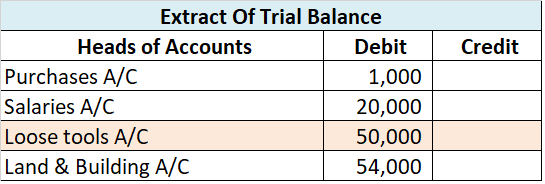
we see the value of Loose tools in the given trial balance as Rs.50,000. At the year-end, these Loose tools were revalued at Rs.40,000.
Therefore the adjustment in the financial statement would be like Rs (50,000 – 40,000) i.e Rs. 10,000 would be shown as depreciation under Profit & Loss A/c

and the adjusted figure of Rs. 40,000 (i.e Rs.50,000 – Rs.10,000), will be shown on the asset side under the head fixed assets of the Balance Sheet.

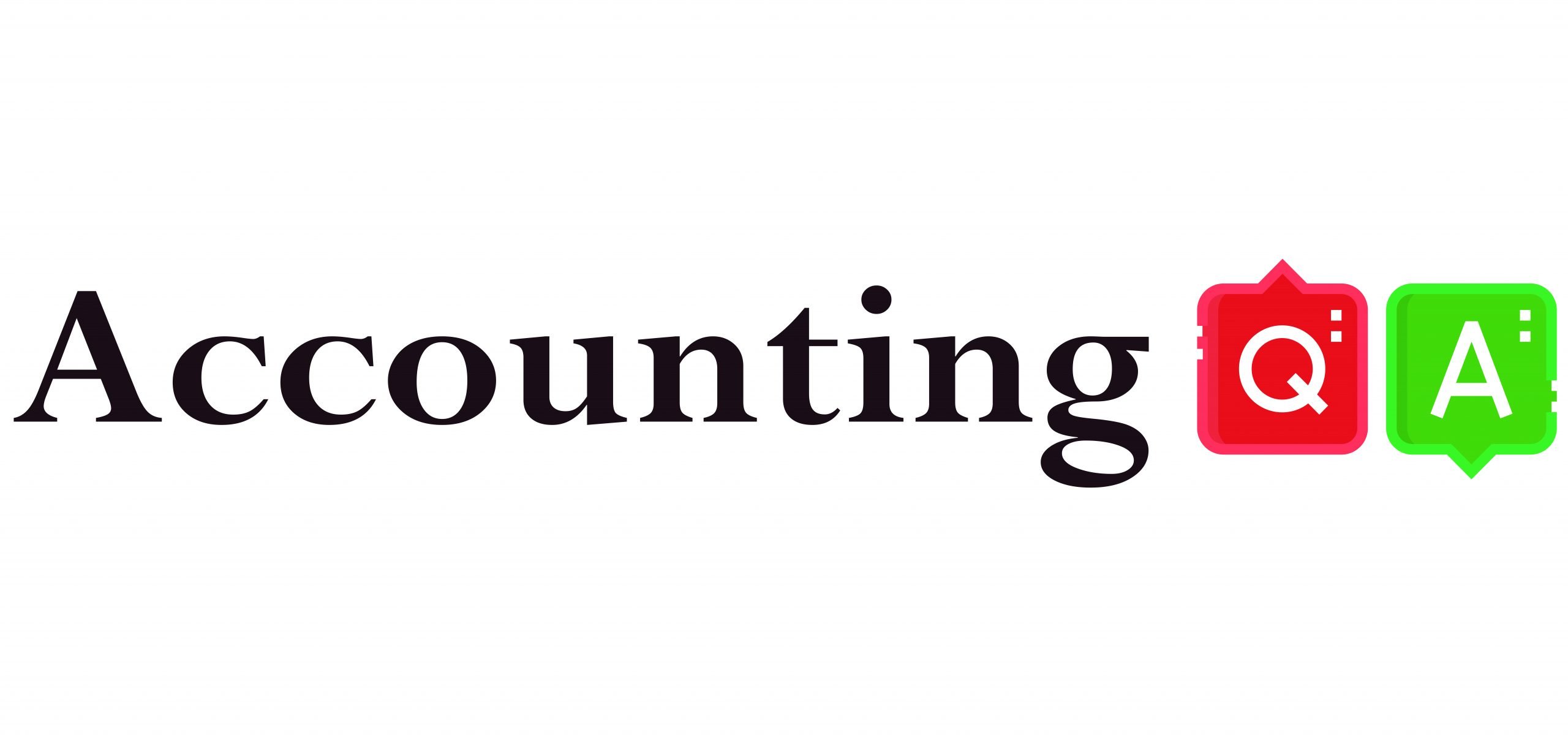
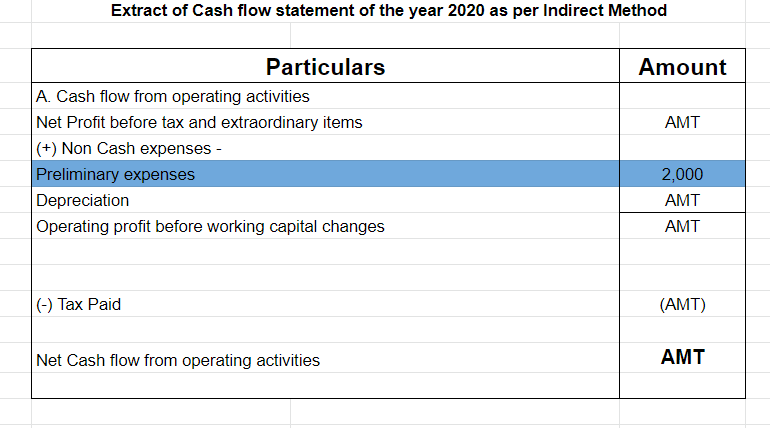
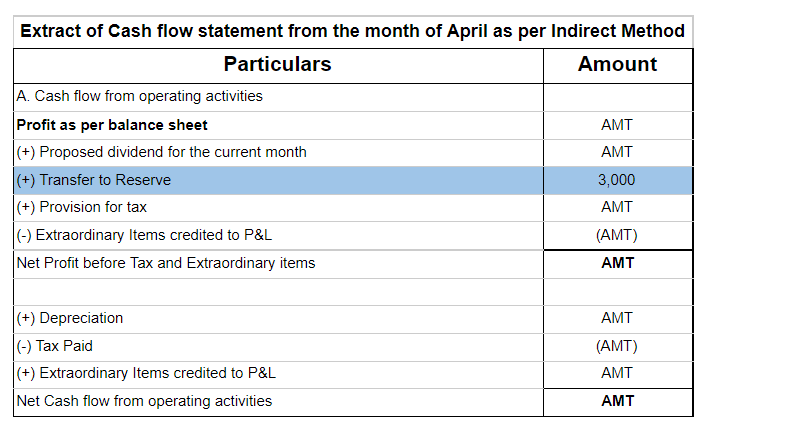


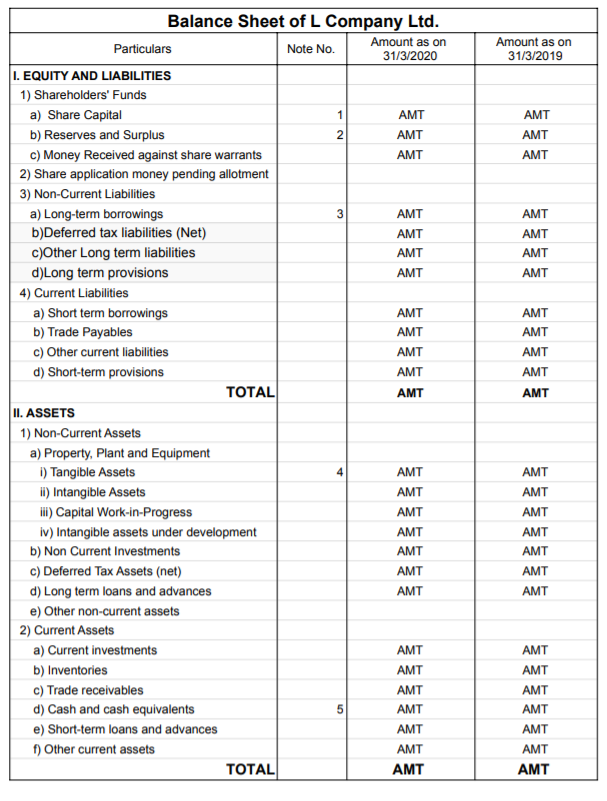
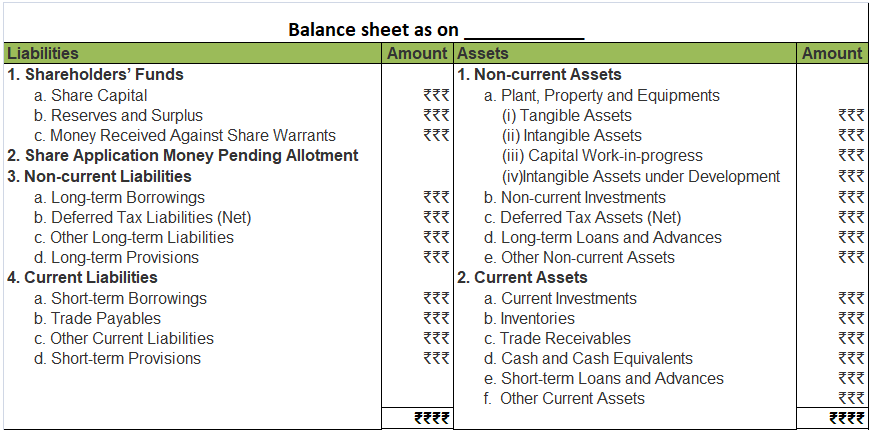
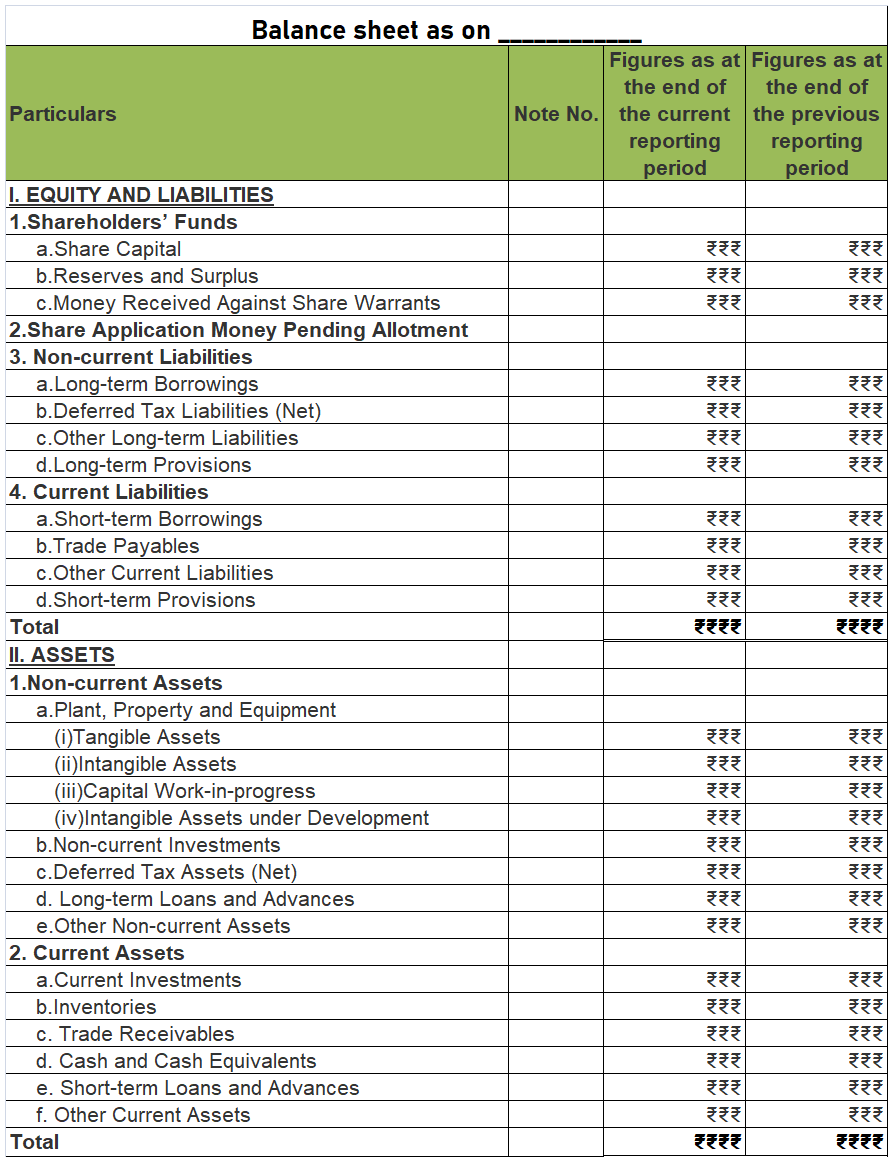
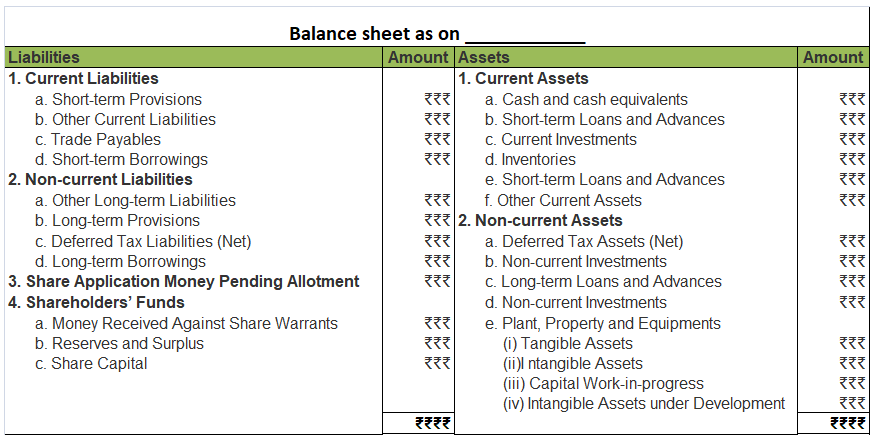
Let me begin by giving a small explanation of what loose tools are before we dive into their accounting treatment. Loose tools are assets that are used in various steps of the production process and therefore are vital for the conversion of raw materials into finished goods. They are considered as cRead more
Let me begin by giving a small explanation of what loose tools are before we dive into their accounting treatment.
Loose tools are assets that are used in various steps of the production process and therefore are vital for the conversion of raw materials into finished goods. They are considered as current assets of the business as their useful life is limited. They have a small monetary value (cost-efficient) and high turnover. Examples of loose tools include screwdrivers, hammers, etc.
One may say loose tools like screwdrivers and hammers can be used for more than one year and therefore should be classified as non-current assets. But unlike fixed assets, these loose tools have a high probability of being misplaced or lost. Hence they are classified as current assets.
Since loose tools are treated as an asset for the business, they are shown as a debit balance in the trial balance.
The cost of loose tools consumed for the year will be shown on the debit side of the Profit & Loss A/c as an expense. In the balance sheet, loose tools are shown on the Assets side under the head Current Assets and sub-head Inventories. Since they aid the production process, loose tools are shown as a part of the inventory of the business.
Let us take an example,
XYZ Ltd. at the beginning of the year had loose tools worth 5,000. During the year they purchased loose tools worth 500. At the end of the year, the company valued its loose tools at 4,500.
Now let us find the cost of loose tools consumed. The formula for finding the cost of loose tools consumed is as follows:
Cost of loose tools consumed = 5,000 + 500 – 4,500 = 1,000
So, the cost of loose tools consumed (1000) will be shown on the debit side of the P&L A/c as follows:
The closing inventory of loose tools worth 4,500 will be shown on the assets side of the balance sheet under the head current assets and sub-head inventory in the following manner:
One thing to remember here is there is an exception to loose tools. While calculating liquidity ratios like the Current ratio, Quick ratio, etc. loose tools are excluded from current assets. The reason for this is loose tools cannot be easily converted into cash i.e. they are less liquid. The purpose of calculating the current ratio is to check the liquidity of a company. Including loose tools (which cannot be easily converted into cash) in current assets defeats the purpose of calculating the ratio.
See less